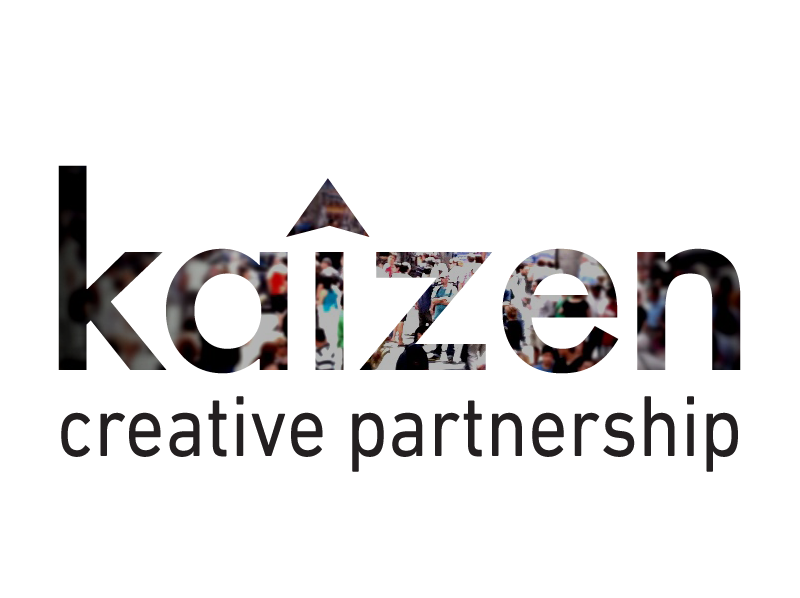More flexibility leads to better insights for brands and businesses.
Over the course of my career, starting at Netflix, I have been fortunate to learn what real consumer research actually is and why it is important. When done well, it provides the insights that can move mountains.
The problem most folks run into though is that they have a vested interest in the results. This means, without even knowing it, they tend to seek validation — rather than insights. The good news is that there are ways to escape the gravitational pull of validation.
Trust the process
If you’d asked me when I left Netflix, I would’ve said that consumer research is great for just that — consumer research. But one of the most interesting things that I’ve learned since is that it can be applied to nearly anything. From brand positioning to messaging for an NGO to gaining adoption of an open-source software solution. That’s because insights don’t just drive brand and marketing, they drive everything.
Both qualitative and quantitative have important roles to play in providing those insights. Qualitative tends to be focus groups and one-on-one interviews — and are more personal. This provides deeper insights, whereas qualitative are less personal — and can be anything from a survey to A/B testing.
At Kaizen Creative Partnership, as we did at Netflix, we always started with qualitative, as it allows us to have respondents “ladder.” That is, get to the “why” behind their answers. And there are a lot of reasons why qualitative research is great.
The benefits of conversations
Our qualitative research method is to personally have one-on-one conversations, for about an hour. And while we do have a list of questions we use as a discussion guide, that allows us to get insights, we also let the conversation flow naturally. Think conversations, not interviews.
The advantages of using a conversational qualitative research process are:
Flexibility — the conversation guide is modified as new ideas or patterns emerge and aren’t rigid and prescriptive.
Natural setting — the conversation occurs in a real-world context and in a comfortable, natural way.
More than a single point of view — each interviewer collects detailed descriptions of the respondent’s experiences, feelings, and perceptions. This allows for a more comprehensive distillation of insights.
New idea generation — open-ended responses allowed for sharing of unique problems and opportunities that would not otherwise be discovered.
The potential pitfalls of conversations (and how to avoid them)
While qualitative research is great, it isn’t without perils. The good news is that there are ways to mitigate those potential perils:
Unreliability — Sometimes, the real-world setting makes the feedback unreliable because of uncontrollable factors.
Mitigation: A solid conversation guide allows you to steer the interview and get around those uncontrollable factors.
Subjectivity — A single interviewer decides what is important and what is irrelevant so interpretations of the same feedback vary greatly.
Mitigation: Address this by having two researchers on each and every interview — independently taking notes and asking follow-up questions. If possible, recording the session provides an excellent way to have a single source of information.
Overgeneralization — Small sample respondent groups are often used to gather detailed insights about specific contexts.
Mitigation: Simply interview a generous-sized panel of respondents panel to increase the confidence in the insights.
Reciprocity and retaliation — Directly rewarding respondents or implying the researcher’s work is being evaluated can affect responses.
Mitigation: Make it clear up front that as the researcher that you are an un-affected third party and would not be offended, nor would we share individual responses.
Go forth and converse
Insights don’t just happen. They need to be distilled from conversations and other data. But by having guided, flexible conversations with customers, any company can gain massively valuable insights. Insights that can help with decisions around a product or feature development, brand positioning, messaging, pricing, and more.

